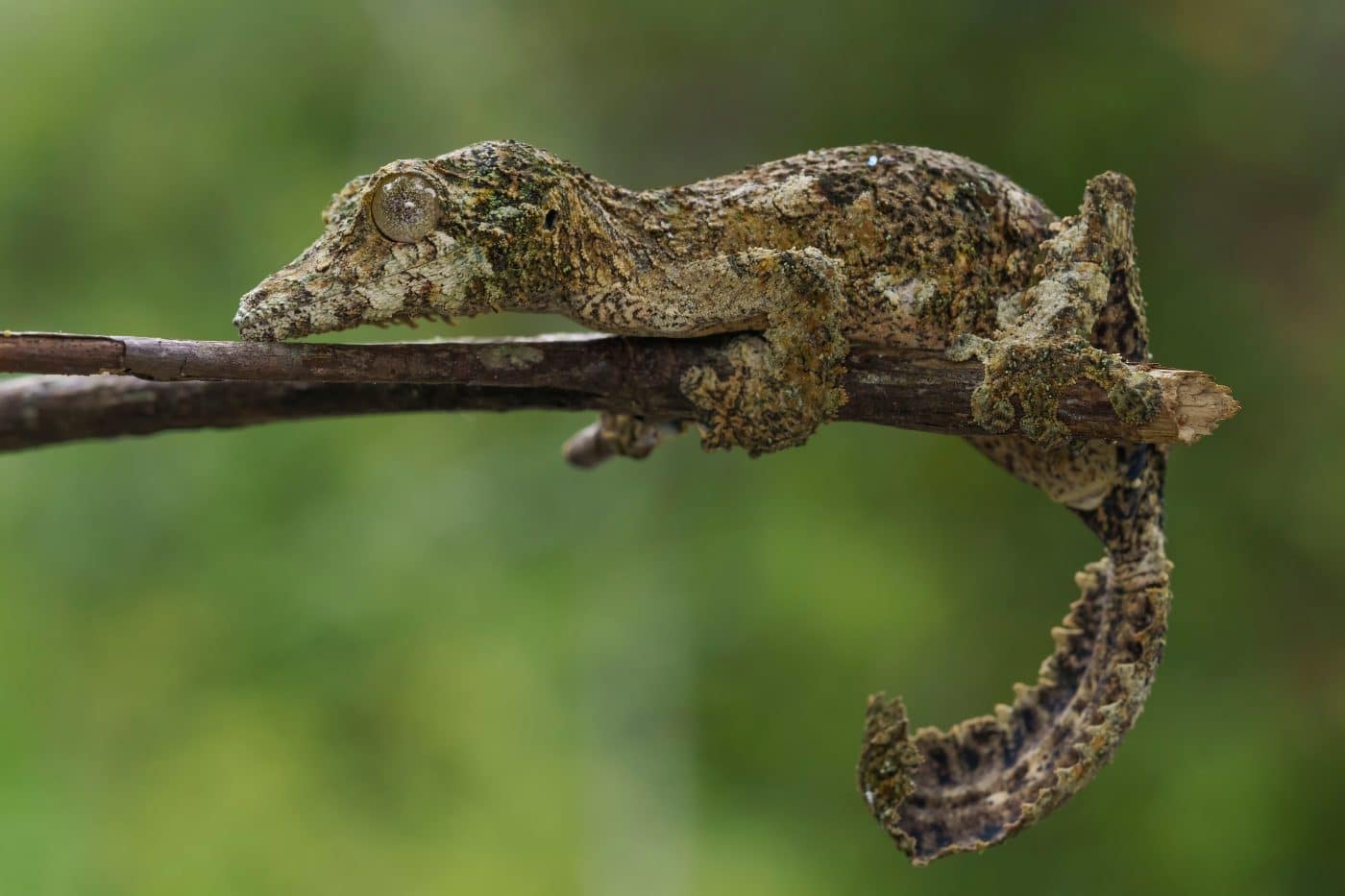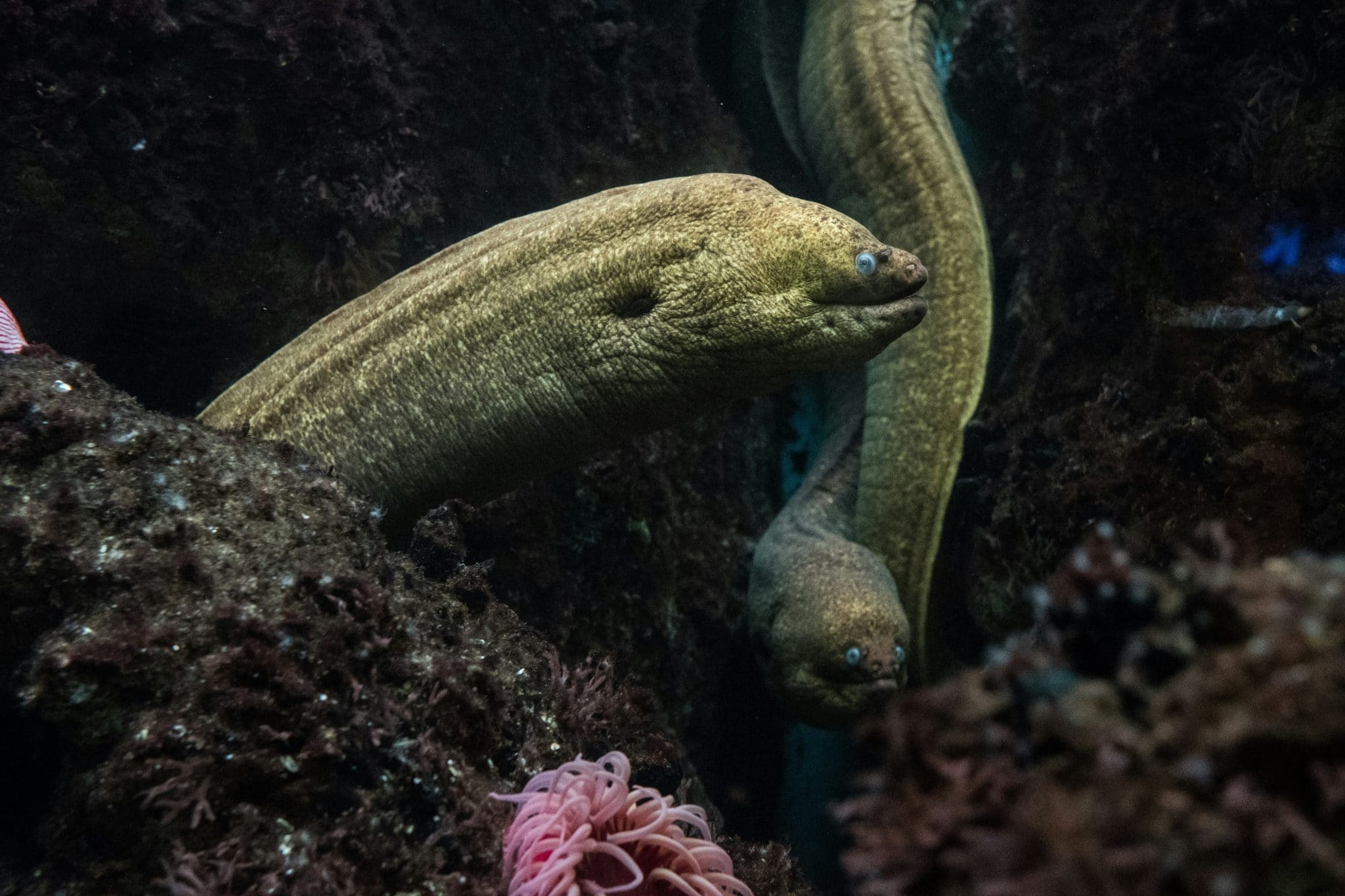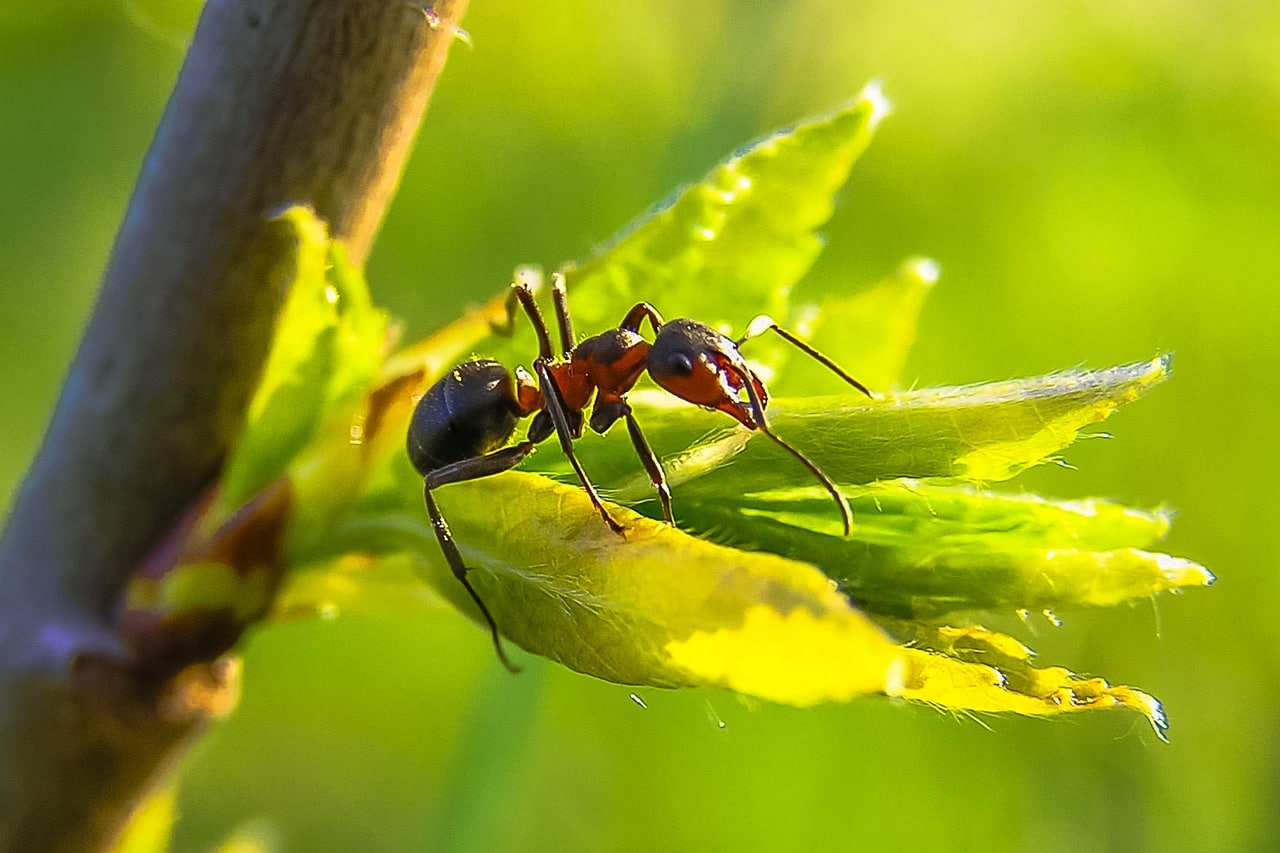 Shutterstock
Shutterstock
Nature is home to a vast array of awe-inspiring creatures that highlight the incredible creativity and resourcefulness of life. These animals demonstrate nature’s remarkable ability to adapt and thrive in even the most extreme environments. Each one is a testament to evolution’s boundless ingenuity, offering innovative solutions to the challenges of survival. These creatures showcase just how inventive nature can be, using specialized traits and behaviors to overcome obstacles and ensure their survival in a world full of ever-changing challenges.
Pistol Shrimp
 Shutterstock
Shutterstock
The Pistol Shrimp, also known as the snapping shrimp, has an extraordinary weapon hidden in its claw: it can snap it shut so quickly that it generates a cavitation bubble that reaches temperatures comparable to the surface of the sun. This violent snap produces a shockwave powerful enough to stun or kill small prey. The Pistol Shrimp’s ability to create such a potent weapon from a simple claw demonstrates the incredible adaptability and inventive nature of animals, using their environment and physiology in ways that are both creative and highly effective for survival.
Lyrebird
 Shutterstock
Shutterstock
Lyrebirds, native to Australia, are not just known for their beauty, but for their incredible vocal mimicry skills. They can replicate almost any sound they hear, from chainsaws and camera shutters to car alarms and other bird species. This extraordinary ability allows them to attract mates and confuse predators or rivals. The Lyrebird’s talent for imitating sounds from its surroundings is a perfect example of nature’s innovation, where even a bird’s song can evolve into a multifaceted survival tool, making it one of the most creative and adaptable creatures in the animal kingdom.
Cuttlefish
 Shutterstock
Shutterstock
The Cuttlefish is a master of camouflage, with the ability to blend seamlessly into its surroundings using specialized skin cells called chromatophores. These cells allow the cuttlefish to change its color and texture rapidly, making it almost invisible to predators or prey. This remarkable skill is not just for defense but also for hunting, allowing it to ambush unsuspecting victims. The cuttlefish’s ability to adapt its appearance with such precision highlights the creative brilliance of evolution, as it uses its environment as both a shield and a tool for survival.
Leaf-Tailed Gecko
 Shutterstock
Shutterstock
The Leaf-Tailed Gecko is a truly inventive creature that has evolved to blend in perfectly with its surroundings. Its body is flattened and shaped like a dead leaf, and its coloration allows it to disappear into the foliage with astonishing accuracy. This camouflage technique protects it from predators and helps it ambush prey. The Leaf-Tailed Gecko’s design is a perfect example of how nature uses the surrounding environment to its advantage, making it one of the most ingenious examples of camouflage in the animal kingdom.
Electric Eel
 Shutterstock
Shutterstock
The Electric Eel has a unique and powerful adaptation: the ability to generate electrical pulses that can stun prey or deter predators. This creature’s body contains specialized cells, called electrolytes, which work together to create electrical discharges of up to 600 volts. These pulses not only help the eel capture prey but also serve as a defense mechanism against threats. The Electric Eel’s ability to create and control electricity is an ingenious way of using biology to meet its survival needs, proving that nature can design power sources in the most unexpected ways.
Honeybee
 Shutterstock
Shutterstock
The Honeybee is known for its complex social structure and its crucial role in pollination. However, what truly sets this insect apart is its ability to communicate with others in the hive. Through a series of intricate “waggle dances,” Honeybees inform their hive-mates about the location of food sources. This sophisticated form of communication is a remarkable example of nature’s creativity, as the bees coordinate their efforts to efficiently gather nectar and pollen. The Honeybee’s social structure and ability to share information highlight how even the smallest creatures can display ingenious problem-solving abilities.
Pufferfish
 Shutterstock
Shutterstock
The Pufferfish is famous for its defensive tactic: when threatened, it inflates its body to many times its normal size, making it too large for most predators to swallow. This puffing mechanism is not only a display of its physical defenses but also a reminder of how nature often equips creatures with unexpected tools to outwit predators. The Pufferfish’s ingenious adaptation allows it to survive in dangerous environments where many other creatures would fall prey to larger hunters. Its ability to instantly inflate is one of the most unique and creative defenses found in the animal world.
Pangolin
 Shutterstock
Shutterstock
The Pangolin is a mammal with a unique defense mechanism: its entire body is covered in hard, overlapping scales made of keratin, the same material as human nails. When threatened, the Pangolin curls up into a tight ball, protecting its soft underbelly and relying on its scales to ward off predators. Its scales are so tough that they can even resist the bite of most predators. The Pangolin’s unusual and highly effective defense strategy makes it a prime example of nature’s creative problem-solving in the animal kingdom.
Mantis Shrimp
 Shutterstock
Shutterstock
The Mantis Shrimp is one of the most fearsome predators of the ocean, known for its powerful strike. With specialized appendages, the Mantis Shrimp can deliver a blow with the speed of a bullet, using its “club” to smash through shells and even aquarium glass. This violent strike is not just for hunting—it’s a perfect example of evolution’s innovation, providing the Mantis Shrimp with the means to break through hard armor to catch its prey. The mantis shrimp’s incredible strength and speed make it one of the ocean’s most ingenious and fearsome creatures.
Australian Jumping Ant
 Shutterstock
Shutterstock
The Australian Jumping Ant has developed an exceptional way of capturing prey: it uses its powerful legs to leap long distances and ambush insects. It can leap up to 30 times its body length, which is an astounding feat of agility. In addition to its physical prowess, the Jumping Ant has a complex social structure where it relies on cooperation to hunt. This incredible combination of physical skill and teamwork shows how nature has tailored the Australian Jumping Ant for both survival and success in the wild, making it a truly ingenious animal.
Albatross
 Shutterstock
Shutterstock
The Albatross is a bird with extraordinary endurance and flight capabilities, known for its long, graceful wings that allow it to glide for miles without flapping. It can stay airborne for hours, even days, by using wind currents and thermals to maintain its altitude with minimal energy expenditure. This bird’s ability to navigate vast expanses of the ocean with ease and efficiency highlights nature’s ability to create creatures that excel in specialized environments. The Albatross’s impressive migratory patterns also showcase nature’s ingenuity in adapting to the challenges of long-distance travel.
How Nature Got the Last Laugh
 Shutterstock
Shutterstock
Nature’s creativity is truly mind-boggling, with each creature more ingenious than the last. These animals use every trick in the book to survive, thrive, and sometimes have a little fun along the way. The next time you marvel at the wonders of the animal kingdom, remember that nature’s creativity knows no limits—even when it’s a little weird, unexpected, or downright bizarre. It’s a reminder that evolution never stops being inventive, constantly finding new and surprising ways to overcome challenges and ensure survival.
 Toledo, United States.
Toledo, United States.
